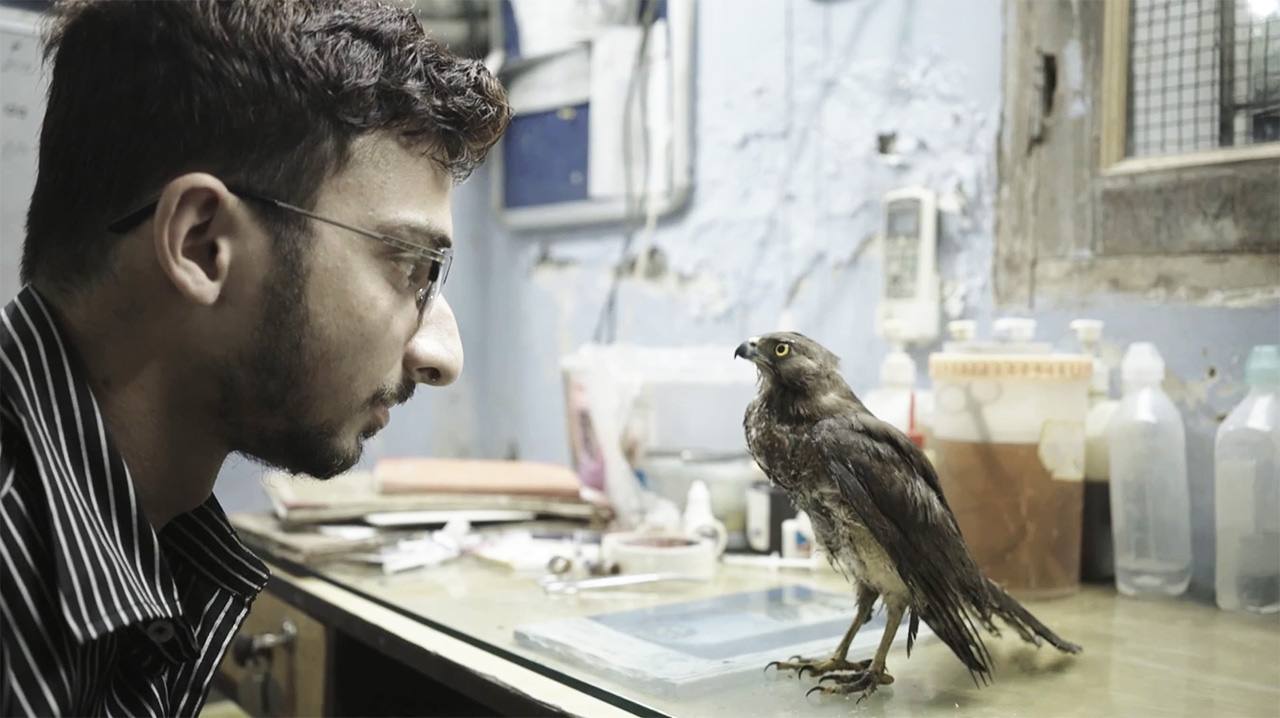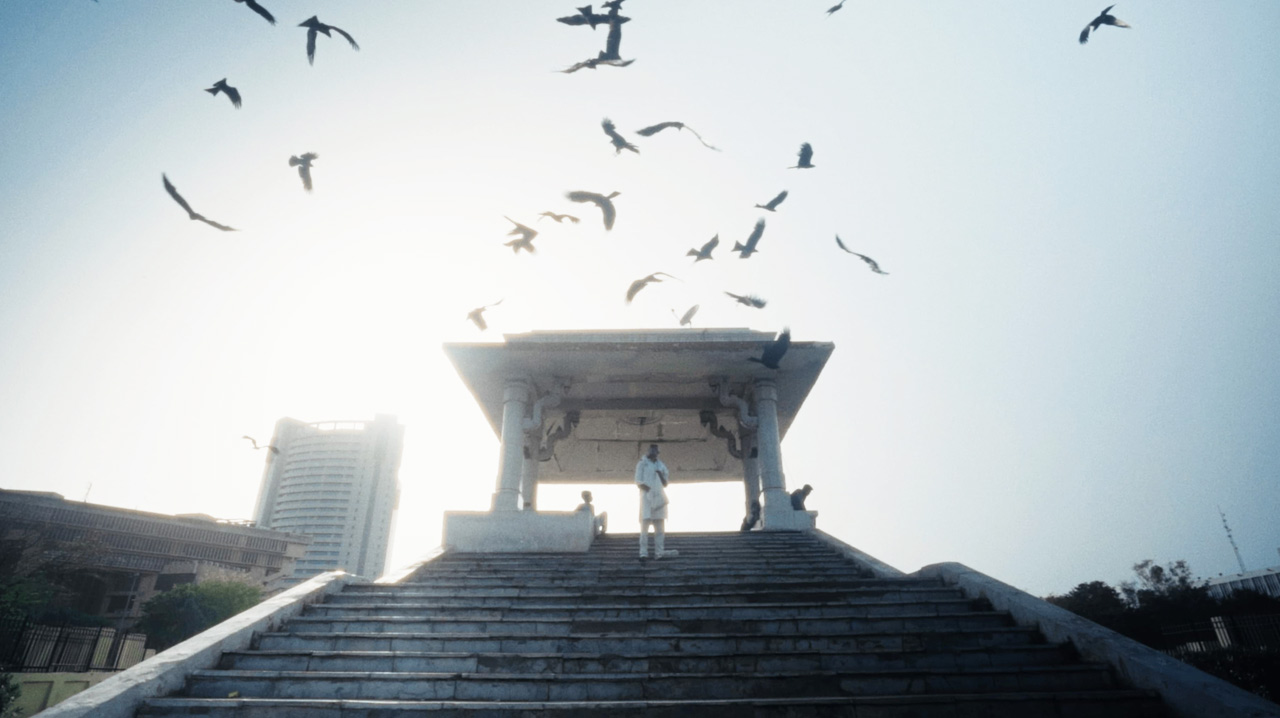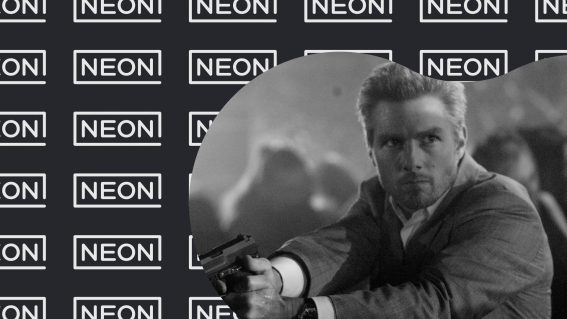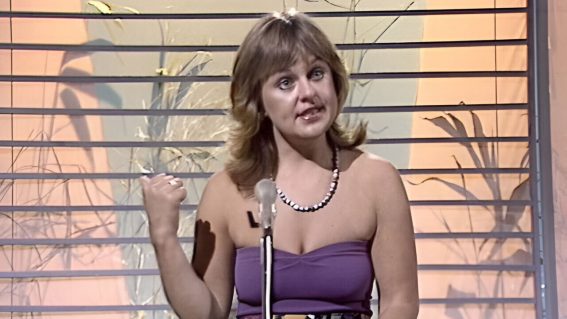Soaring Oscar-nominated doco All That Breathes finds ravaged beauty everywhere

Nominated for Best Documentary at this year’s Oscars, Shaunak Sen’s gorgeously shot documentary about two brothers who restore to health injured birds is a joy to watch, writes Luke Buckmaster.
When one encounters the words “bird sanctuary” or “animal hospital” one does not envision the sort of environment captured in All That Breathes: a dust-covered, worn-down, workshop-like space full of random clutter, with paint peeling from the walls. It looks more like the backrooms of a car mechanic than a clinic where beautiful animals are granted a second life. Yet this (and the rooftop space above it) is the New Delhi location where two brothers—Nadeem Shehzad and Mohammad Saud—go about a noble cause, nursing black kites back to health: a bird of prey that are abundant in the city and regarded by some with symbolic, even religious significance.
Applying a gorgeously cinematic lens to the observational documentary format, director Shaunak Sen and his cinematographers (Ben Bernhard, Riju Das and Saumyananda Sahi) see ravaged beauty everywhere, from the birds themselves to slummy streets and smog-clogged skylines. The film is visually and thematically tuned to the encroachment of city spaces onto once-natural environments, where animals have had no choice but to adapt, evident from the ways they hunt and scavenge to the sounds of their songs.
“Birds sing at a higher pitch to communicate over traffic noise,” one of the brothers explains via voice-over, during one of many moments in which a melancholic truth is uttered but not dwelled upon. This isn’t a film that clobbers you on the head with a message.
Sen observes much that’s wrong or flawed about the modern world—from environmental degradation to displacement of creatures and good old fashioned human animosity—but never enough, he seems to be saying, to justify the breaking of one’s spirits. That, for me, is the film’s key message, and something the brothers seem to acknowledge in the methodical way they go about their DIY wildlife welfare operation, necessitating work that can never be finished or completed.
Like varieties of activism and other altruistic endeavours, there’s no end destination, no resolution, no chance of “solving” the problem. Perhaps the brothers embrace a similar ethos as Sea Shepherd Captain Paul Watson, expressed in the last paragraph of this interview: that their work is a moral objective to do the right thing, at the right time, for the right reasons.
If any of this sounds high-falutin’ or somber, the film is actually a joy to watch—and visually interesting from the start. Sen opens with a blurry shot of a vacant lot, street lights, feral dogs and a broken-down fence in the background, which gains sharpness and clarity, the camera then scurrying along the ground—past feral dogs and rats. The cinematography boosts the film exponentially: one time, while watching prosaic visions of water trickling past a brick, I felt like that doofus filmmaker from American Beauty, ogling slack-jawed at a plastic bag dancing in the breeze. There’s an elegance in All That Breathes‘ visual makeup (its 93 minute running time reportedly gleaned from 400 hours of rough footage) that feels both highly sculpted and effortless.

The relationship between the two brothers is a core element, which involves tensions around Shehzad wanting to leave to study in the US and Saud holding different views about what’s best for their operation. The film also presents a vivid picture of New Delhi—not one for the brochure, as they say, though Sen doesn’t wallow in the mire. Part of its lingering appeal comes from the director’s knack for combining striking imagery with a different kind of elegance. At one point, for instance, we hear a radio announcer describe how eruptions of violence have transformed New Delhi into “a war zone,” his unsettling report accompanied by vision of a couple of ants moseying around on a leaf.
Described like that, it sounds almost facetious, almost out of place. But it’s a great touch—soft but bold—and far from the only example of the film finding creative ways to illustrate human imposition onto natural environments. There’s no suggestion the genie can be rebottled or the spell reversed; that people and creatures can live harmoniously side by side. In a complex and fraught world, as the brothers remind us, all we’re really in control of is our personal narratives. Which isn’t a bad thing: they can be big, bold, brave, benevolent.
















